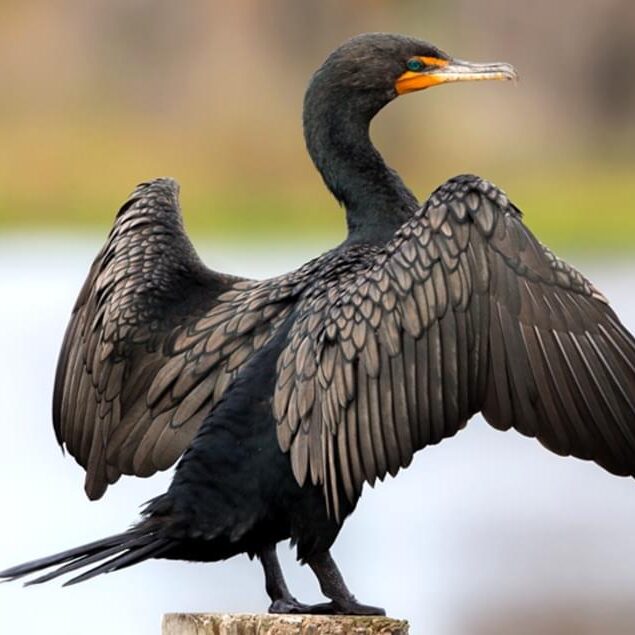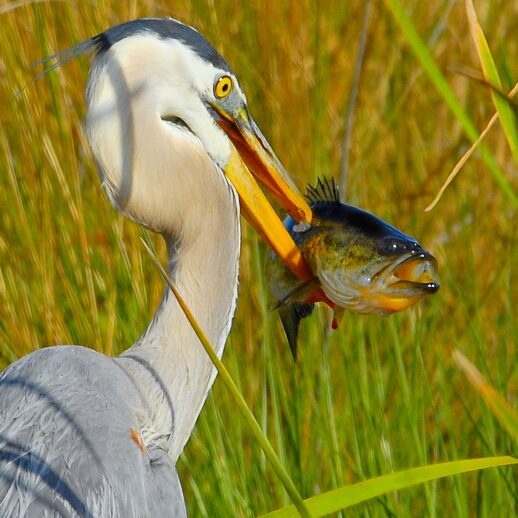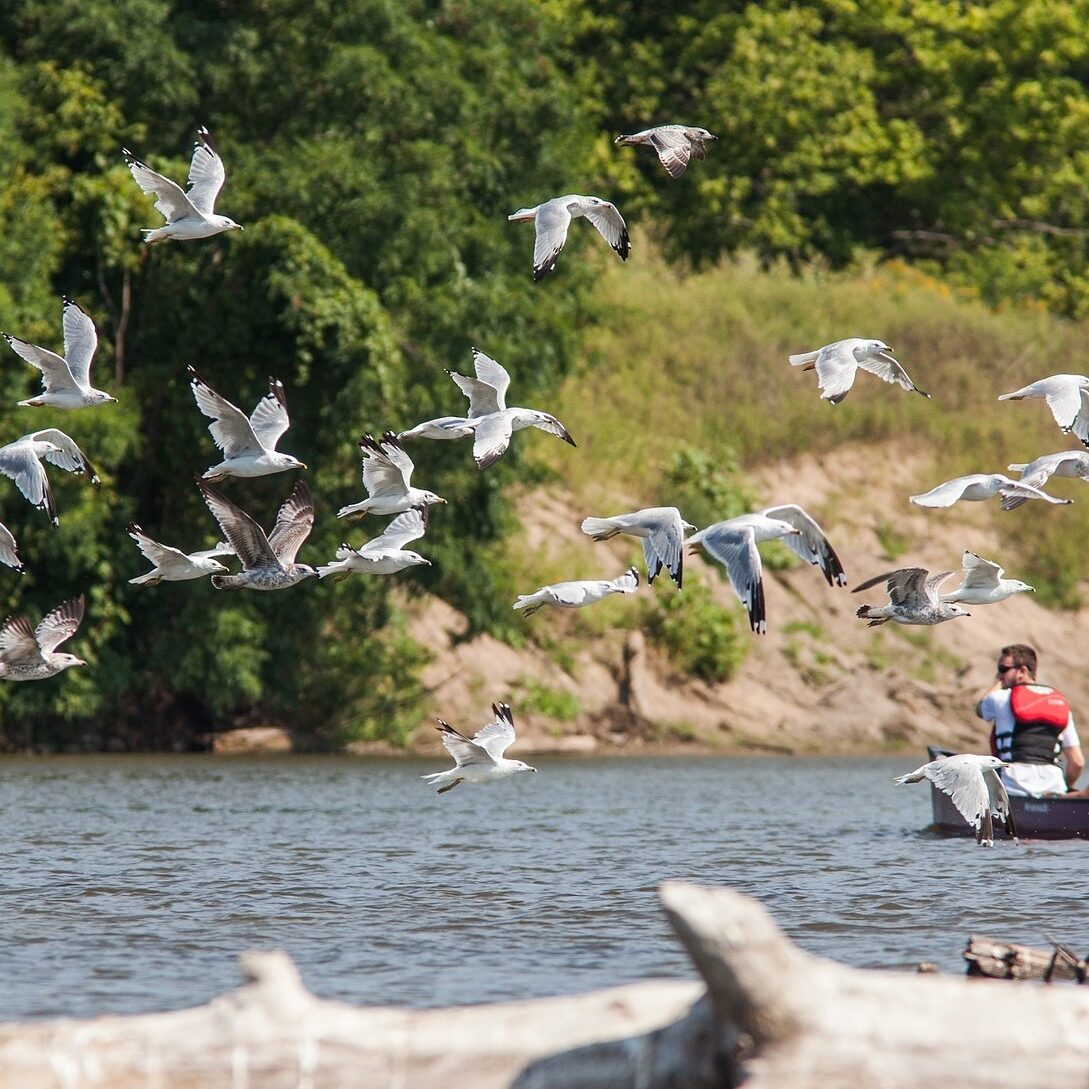explore
Birds

Water Relationships
All water birds rely on the presence of water to give them a place to rest, feed, and/or reproduce. Some do all three in wetlands! Water supports these birds’ food sources, whether those birds eat mostly aquatic plants, aquatic invertebrates and amphibians, or terrestrial shore-dwellers. Water birds use water as a barrier to keep potential land predators away while nesting and breeding. Without clean, ample sources of water, these birds would have a hard time surviving!
Riverbank and Shoreline Relationships
Trees and other vegetation on freshwater shorelines provide nesting spots and shelter from predators for many water birds. Wading birds use shorelines to hunt. If riverbanks and shorelines are eroded and vegetation decreased, these birds’ ability to hunt and nest will be decreased as well.


Plant Relationships
Aquatic and wetland plants make up a big part of many water birds’ diets, second only to insects or smaller aquatic animals. Water birds also use trees, shrubs and other plants to hide from predators and weather, and to rest during long migrations. Without plants in freshwater ecosystems, the health of that ecosystem’s water birds will be at risk.
Relationships with Other Animals
You know that many birds eat insects, but some (water birds especially) prefer to eat bigger animals like fish and frogs. Carnivorous water birds rely on the presence and health of these animals to stay alive! Without birds to control insect and other prey populations, the ecosystem would be affected.


Weather Relationships
You may think that most birds migrate, but there are actually quite a few species that do not move for the winter! Those that do migrate will leave their summer habitat when it starts to become colder, but non-migratory water birds will stay put over winter. These birds have adapted to survive in colder temperatures, but if temperatures become too extreme they can be at risk. Migratory birds face a unique set of challenges with abnormal or extreme weather events: their migration schedule might be changed, and their resting places in danger of destruction. Lastly, if water temperatures are too hot or too cold, water birds’ food sources will be affected. Temperatures need to be within a certain range to allow for birds' animal and plant food sources to survive.